Ever looked at a price tag in a furniture store and thought, Why are sofas so expensive? You’re not alone. Most of us have felt that same mix of shock and confusion while trying to buy a new couch. It seems like no matter where you shop, the cost always feels higher than expected. This frustration can make you wonder if you’re paying for quality, design, or just an inflated price.
This blog post breaks it all down for you. We’ll explain the real reasons behind those high sofa prices, things like materials, craftsmanship, shipping, and even hidden costs you might not know about. By the end, you’ll understand exactly what you’re paying for and how to spot a sofa that’s truly worth the investment.
Why Are Sofas So Expensive?
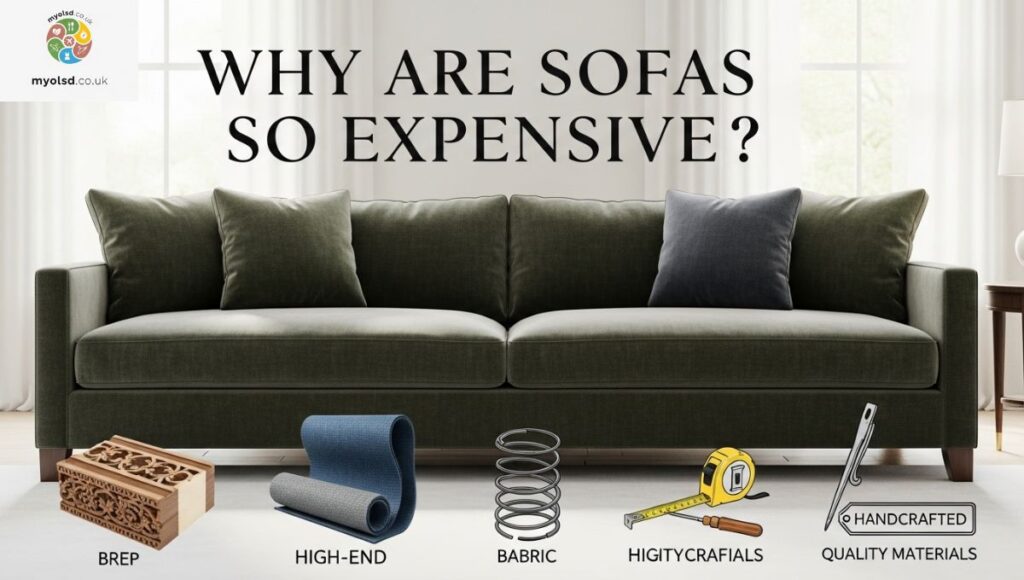
Most people think a sofa’s price comes down to its brand name or fabric. But the reality runs deeper. High-quality sofas often use heavy hardwood frames, premium leathers, and skilled artisanship that take weeks to produce. Compare a $400 sofa with a $4,000 one, and you’re looking at two completely different worlds of sofa manufacturing and durability.
A sofa isn’t like fast furniture you replace every few years. Think of it as an investment: solid wood frames, high-density foam cushions, and upholstery fabrics built to handle daily life. Premium sofas even undergo rigorous quality testing and sofa structure checks to ensure their long-term performance. That’s a big part of the cost and the comfort and longevity you’re paying for.
Are Expensive Sofas Worth It?
It’s tempting to buy a cheap sofa because of the low upfront cost. But as the old saying goes, buy cheap, buy twice. Cheap sofas often use particle board or engineered wood frames, low-density foam, and thin upholstery fabrics. After a few years, sagging cushions, broken arms, or frame cracks are common.
By contrast, expensive sofas built with bench-made hardwood frames, eight-way hand-tied springs, and premium fabrics can last 15 to 20 years or more. Some premium sofa brands even offer guarantees or maintenance options. So while the initial sofa price tag may sting, the sofa’s lifespan and resale value often make it the smarter financial move.
How to Pay Less for High Quality Sofas
The good news? You don’t always have to pay full price for a premium sofa. Many furniture retailers offer clearance sofas, ex-display models, or seasonal sales where you can save 40 to 50% without sacrificing quality. Checking a sofa showroom in person, like those in North London handmade furniture stores, lets you test sofa durability, support systems, and upholstery detailing before you buy.
You can also look for brands that practice ethical outsourcing or offer transparency about their sofa manufacturing process. Some even sell direct-to-consumer, cutting out middlemen and keeping prices lower. Knowing how to decode sofa cost breakdowns and spotting quality markers like heavy hardwood boards, premium foam cushions, and strong sofa frame thickness will help you make a savvy sofa shopping decision.
Quality Materials and Craftsmanship
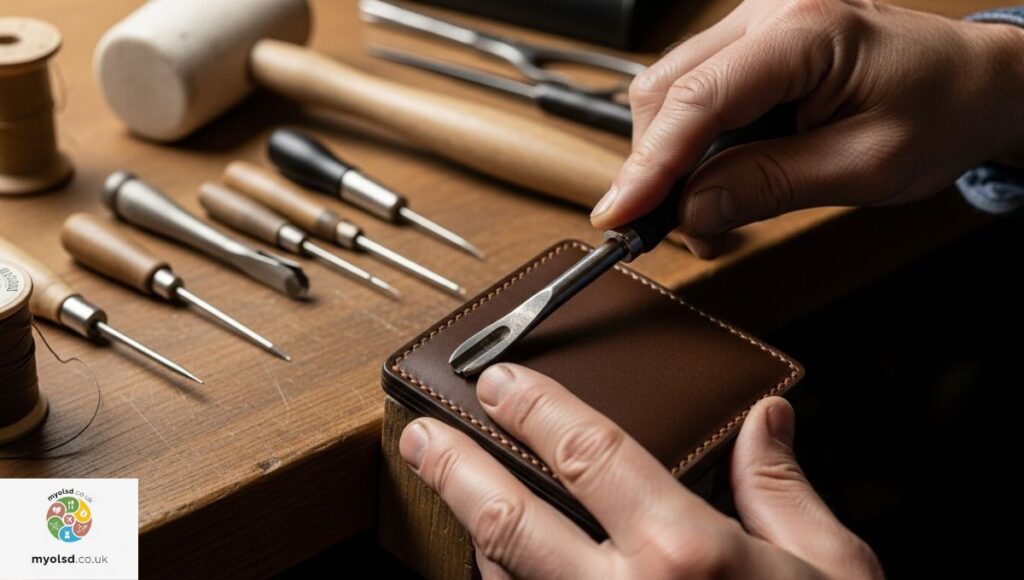
One of the biggest reasons for the high price tag is the use of premium materials. High-quality lumber, top-grain leather, and premium upholstery fabric cost significantly more than lower-end alternatives. Add to that skilled craftsmen, master upholsterers who assemble, stitch, and finish every sofa by hand, and the production cost rises.
These materials don’t just feel luxurious; they last. For example, a sofa with solid kiln-dried wood frames, high-density foam cushions, and UV-protected or stain-resistant upholstery fabrics will resist wear, fading, and sagging much better than cheaper models. That’s why furniture affordability versus luxury is often a question of lifespan and comfort rather than just looks.
Design and Innovation
A sofa isn’t just a seat; it’s a statement. Designers invest time in prototyping, engineering sofa support systems, and innovating styles from square arm sofas to adjustable headrests. This research and testing add costs long before the sofa hits the showroom floor.
Modern, contemporary sofa styles with bespoke features like fold-out sofa beds, tilt-and-lift storage sections, or luxury Italian leather sofa finishes are also more expensive to produce. These features aren’t just for show. They improve functionality, comfort, and aesthetics, which can dramatically increase the value for money of your sofa.
Customization Options
Another hidden factor is customization. Many retailers let you choose your sofa size, shape, color, and fabric, or add premium features like button detailing, scroll arms, or engineered board frames for extra support. Each of these changes means extra manufacturing time and materials.
Custom sofas are often bench-made, meaning a single craftsman or small team works on your sofa from start to finish rather than an assembly line. This level of attention creates a high-quality, personalized piece, but it naturally comes at a higher price point.
Transportation and Logistics
Sofas are large, heavy, and bulky. Moving them from the factory to the warehouse, then to your home, involves significant transportation and packaging costs. Unlike flat-packed sofas, premium models often ship fully assembled, requiring special handling and care.
International shipping adds even more costs. Imported sofas pricing reflects not just production but also container space, shipping insurance, and delivery logistics. This is why even mid-range sofas can see price increases depending on where they’re manufactured and where you live.
Read more Article: Why Is My Outlet Buzzing?
Anti-Dumping Fees in Canada (179–188%)
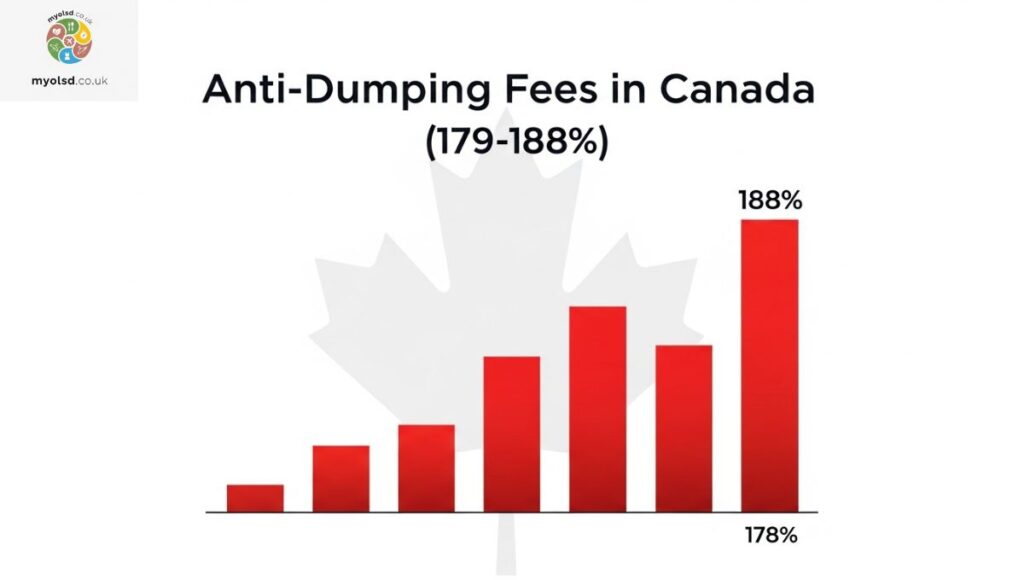
In countries like Canada, anti-dumping duties can significantly raise the cost of imported sofas. These fees are designed to protect domestic manufacturers from unfair competition, but they also increase the price tag for consumers.
If a foreign manufacturer sells below-market prices, Canadian authorities can impose anti-dumping measures, making imported sofas more expensive. While these fees support local industries and jobs, they’re one more reason high-quality imported sofas come with a premium cost.
Decoding the Differences Between a $400 and $4,000 Couch
At first glance, a cheap sofa and a luxury sofa may look similar. But under the fabric, the story changes. A $400 sofa might use particle board, low-density foam, and a no-sag spring base. A $4,000 sofa, on the other hand, often features solid wood between the arms and legs, premium spring systems, and heavy-duty foam with cotton batting.
This difference in sofa engineering explains why one wears out in five years while the other stays comfortable for decades. It’s like comparing fast furniture to a well-crafted car: one’s disposable, the other’s an investment.
Let’s Start with the Cheap Sofa
Cheap sofas aren’t inherently bad; they have their place. If you’re furnishing a temporary space, on a strict budget, or just need something quick, a low-cost sofa might work. But be realistic about its sofa lifespan, resale value, and maintenance needs.
These sofas often end up in landfills faster, contributing to sofa waste reduction issues and environmental impact. So if sustainability matters to you, consider saving up for a better-quality piece or buying second-hand from premium brands.
A Closer Look at the Luxury Sofa
Luxury sofas are like refined furniture artistry. They’re built to order, use premium sofa materials, and often offer bespoke sofa features. Brands like G Plan, Parker Knoll, Italia Living, and New Trend Concepts are examples of companies focusing on sofa craftsmanship over mass production.
These sofas might include eight-way hand-tied springs, routed hardware connections, and dovetail joinery drawers, features you won’t see in mass-market models. Over time, that translates into comfort, longevity, resale value, and an overall better sofa investment.
General Advice for Furniture Finders
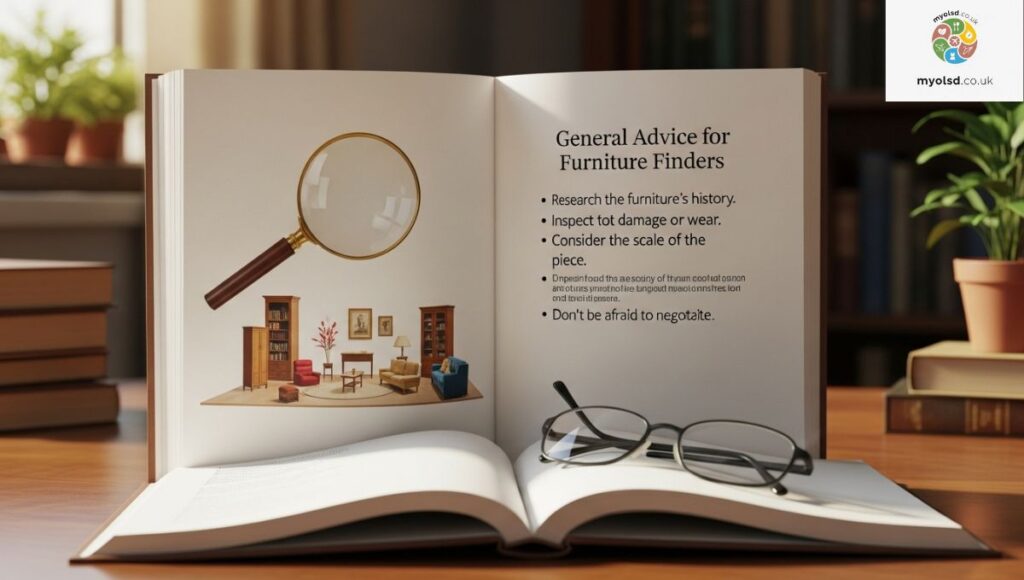
When shopping, test sofa arms, lift cushions, and check the frame weight. Heavy doesn’t always mean better, but a sturdy frame is usually a sign of durability. Look for premium foam cushions, stain-resistant upholstery, and ethical manufacturing practices.
Also, pay attention to the sofa retailer’s transparency. Do they explain their sofa cost breakdown? Do they offer sofa guarantees? Are they upfront about their sofa manufacturing process? These clues help you identify real quality and avoid overpaying for marketing fluff.
Another Tip: How to Spot Value
You don’t have to choose between affordability and quality. Watch for sales, ex-display sofas, or clearance discounts. Look for solid wood vs. MDF furniture, premium spring systems, and high-quality foam cushions even in mid-range models.
Think of a sofa like Sam Vimes’ Boots Theory: a $600 sofa that wears out in five years costs more long-term than a $2,500 sofa you can still resell for $300 after 15 years. Savvy sofa shopping can save you thousands over time.
Conclusion
So, why are sofas so expensive? It’s not just one factor it’s a combination of premium materials, skilled craftsmanship, innovative design, customization options, transportation costs, and even international trade policies like anti-dumping fees. Understanding these elements turns you from a passive buyer into a savvy shopper.
Next time you’re in a sofa showroom or browsing online, you’ll know exactly what’s behind that sofa price tag and how to decide whether it’s worth it. Whether you’re eyeing a bench-made sofa or a clearance model, you now know to make a smarter, longer-lasting investment for your home.
FAQs
Why are sofas so expensive now?
Sofas are pricier today due to rising material costs, skilled labor, transportation expenses, and higher demand for durable, long-lasting furniture. Many brands also focus on sustainable materials, which can increase prices.
Is it worth spending money on a sofa?
Yes, spending more on a quality sofa usually means better comfort, durability, and resale value. A good sofa can last 10 to 20 years, saving you from frequent replacements.
Is $4000 too much for a couch?
It depends on the brand, materials, and features. For a handcrafted, premium-quality sofa, $4000 can be a fair price, especially if it lasts decades.
Is $2000 too much for a couch?
Not necessarily. Many mid- to high-quality sofas fall in the $1500 to $2500 range and offer good value for money if built with solid materials and craftsmanship.
How long do couches last?
Most quality couches last 10 to 15 years or more, while cheaper models may start sagging or breaking after 5 years. Lifespan depends on materials and usage.
Is it worth buying expensive furniture?
Often, yes. Well-made furniture is more comfortable, sustainable, and cost-effective in the long run compared to frequently replacing cheaper items.
How to tell if furniture is good quality?
Check for solid wood frames, sturdy joints (like dovetail or dowels), premium upholstery, and weight. Good-quality furniture feels stable and has detailed finishing.
Why are side tables so expensive?
Like sofas, side tables can cost more due to premium materials, unique designs, and craftsmanship, especially handmade or designer pieces.
What is a reasonable amount to spend on furniture?
A reasonable budget depends on your needs and lifestyle, but many experts suggest 20–30% of your home furnishing budget go toward key pieces like sofas and beds.

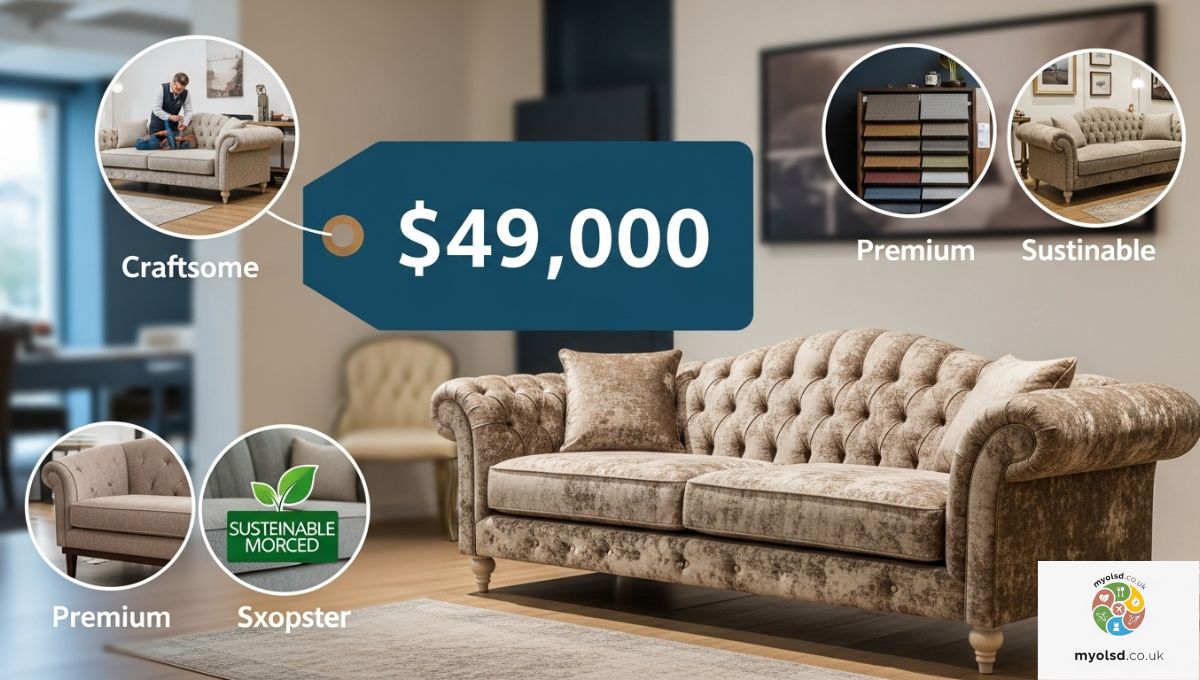
1 thought on “Why Are Sofas So Expensive? 7 Hidden Factors You Should Know”